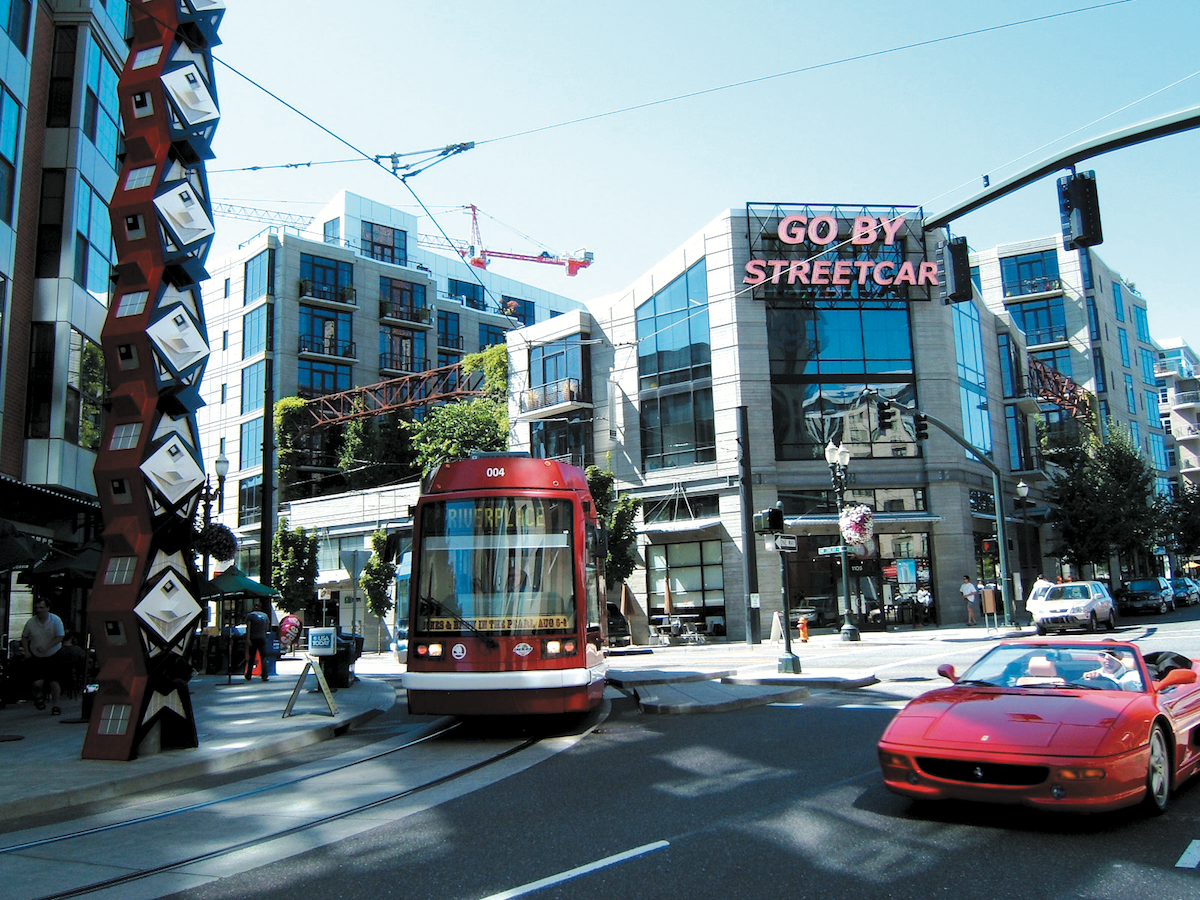Spotlight Report
Driving to Green Buildings: The Transportation Energy Intensity of Buildings
Designers and builders expend significant effort to ensure that our buildings use as little energy as possible. This is a good thing—and an obvious strategy for reducing our buildings’ impacts. What is not so obvious is that many buildings are responsible for more energy use getting people to and from those buildings. That’s right—for a new code-compliant office building in the United States, calculations done by BuildingGreen show that commuting by office workers accounts for 11% more energy than the building itself uses.
This course takes a look at the “transportation energy intensity” of buildings and the influence of location and various land-use features on this measure of energy use. While the focus will be primarily on energy (and the associated environmental impacts of energy use, such as pollution), measures to reduce transportation energy use can have very significant ancillary benefits relating to water runoff, urban heat-island mitigation, and habitat protection, while creating more vibrant, livable communities.
This report covers:
- Why automobile travel is such a threat to human health and the environment
- Eight ways to reduce the transportation energy intensity of buildings
- How six green building rating systems reward better transportation choices
- A checklist of strategies for achieving more sustainable communities



